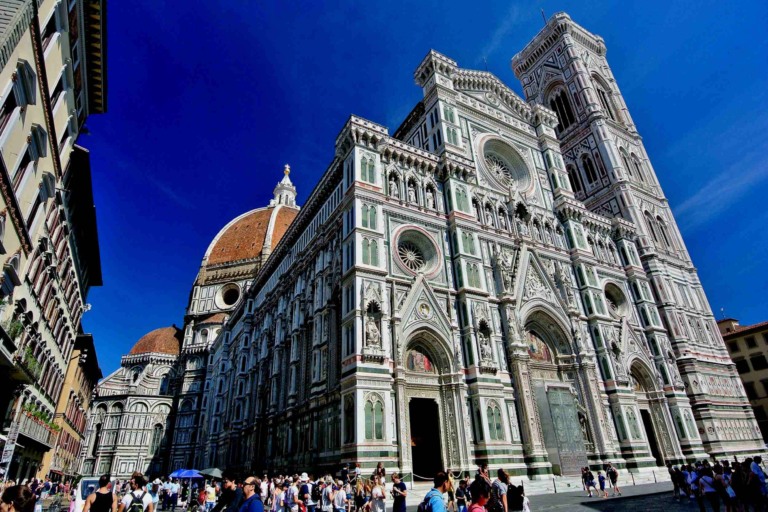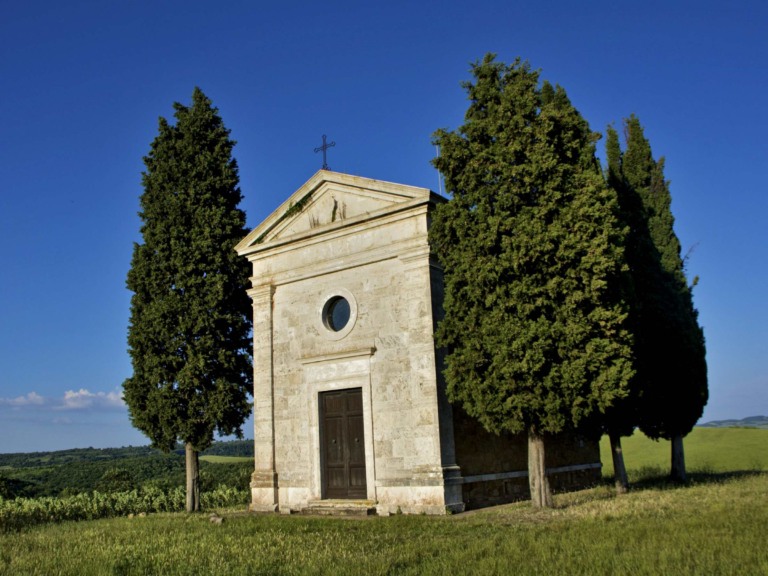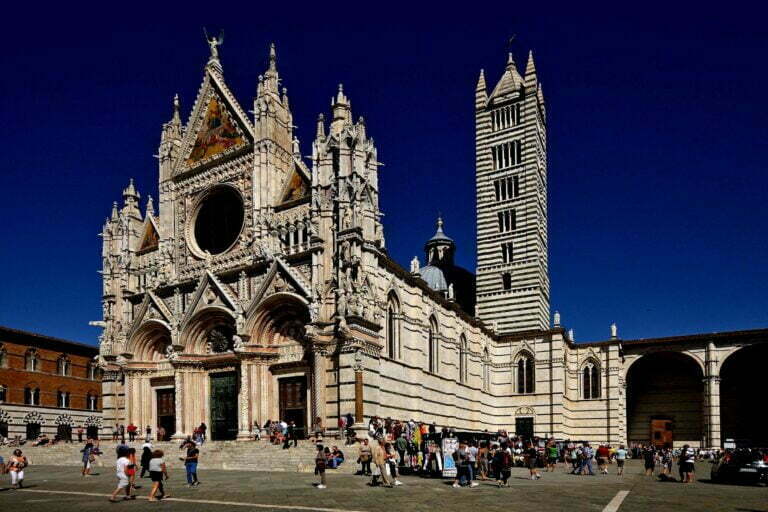Pienza, Italy, is a small town in the Val d’Orcia that is on top of a beautiful hill. It has a long and interesting history. Pienza is in the southern part of Tuscany. It is in the Val d’Orcia region of Tuscany. It is only 15 kilometers from Montepulciano, 20 kilometers from Montalcino, and about 50 kilometers from Siena. Most pictures of Tuscany that you see on postcards, travel posters, or even TV documentaries were taken in Val d’Orcia, which is in the south of the region between Siena and Grosseto.
Pienza Italy
This valley is a huge, protected area that is cut through by the river Orcia. It is known for its beautiful scenery, charming small towns, and lots of good food and wine. Pienza is without a doubt one of the best-kept secrets in Tuscany. Here are the 11 most interesting things to know about Pienza.
Historic Centre of the City of Pienza
The town was named a World Heritage Site by UNESCO in 1996, and the whole Val d’Orcia valley was added to the list of World Cultural Landscapes by UNESCO in 2004. It is a UNESCO World Heritage Site because it is the earliest example of humanistic urban planning from that time. Its size as the “ideal Renaissance city” has also been used as a model for other cities in Italy and around the world.
Where is Pienza Italy
The name of the town used to be Corsignano. Pienza’s history began like that of the other villages in the area, in a pretty town on a hill called Corsignano. Piccolomini, who would grow up to be Pope Pius II, was born in Corsignano. When he came back after a few years, he decided to give the job of rebuilding and fixing up the city to the architect Bernado Rosellino, who would follow the new rules of Renaissance architecture. He later changed the name to Pienza (City of Pius).
Pieve di Corsignano
Pieve di Corsignano is a small Romanesque stone church from the 12th century. This Romanesque church is on the western edge of the city of Pienza in Italy. It was built when Pienza was called Corsignano, many centuries ago. Both Popes Pius II and Pius III were baptized there.
It has a strange bell tower that is round and has eight arched windows. A siren with two heads is carved above the main door. There are carvings of the Three Kings and the Nativity above the side door on the right. Inside the church is where Pope Pius II was baptized. Address: Piazza Dante Alighieri, 29, 53026 Pienza SI, Italy.
Val d Orcia Tuscany
The beautiful hills of Val d’Orcia are all around Pienza. Tuscany is a magical place where peace and harmony rule. It is the land of cypress trees, country roads, and hillside views. Pienza is on top of a hill and has a great view of the Val d’Orcia’s other beautiful hills.
Pope Pius
Pienza began its life as a hilltop town called Corsignano, like many of the other towns in the area. It did, however, give birth to Aeneas Silvio Piccolomini in the year 1405 (who later became Pope Pius II). When Piccolomini became Pope, he had the village rebuilt into a new city, which he called Pienza (“City of Pius”). The town was named after the person who made it.
Pope Pius II was born here
Aeneas Silvius Piccolomini, who later became Pope Pius II, was born in Corsignano in 1405. He was a Renaissance humanist who came from an exiled Sienese family. He was born in 1405. When Piccolomini became Pope in August 1458, he had the whole town rebuilt as a perfect Renaissance town.
As a place to get away from Rome, it was the first time humanist ideas about city planning were put into action. Pius was a well-liked poet in his time, even though his autobiography, the Commentaries, is his best-known work. Pius stayed pope until his death in 1464, which was six years after he became pope.
Pienza took three years to build
It took three years to build the whole town of Pienza s you might expect, remaking and building a city from scratch takes a lot of work. But more than 20,000 people worked on the project, and it only took three years for the town to finish. In particular, the project started in 1459 and was finished in 1462. The rebuilding of Corsignano was carried out by Bernado Rosellino, an architect who worked with Leon Battista Alberti.
Pienza Tuscany
Pienza is known as the touchstone of Renaissance urbanism. The pope loved his hometown very much and wanted to use its power and influence to turn it into a utopian village based on the humanist ideas he believed in. He gave the job to the great humanist Leon Battista Alberti and the architect Bernado “IL Roselino.” In three years, the beautiful Piazza Centrale, the Pienza Cathedra, the Papal Residenza, and the Municipal Palazzo were all built. His designs and these amazing creations are still there today and make Pienza a real gem. Another gem on this square is the Palazzo Borgia.
Pienza Italia
The town never lived up to all it could have been. Pienza never reached its full potential, even though it became a model for other Italian cities and, later, for many European cities. Several factors contributed to its inability to reach its pinnacle. First of all, the project ended with the death of Pope Pius II in 1464.
Pienza had a lot more to build, but when the Pope died, the project stopped. Pienza was also taken over several times in the next century. In 1502, the Borgias lived there. In 1530, Charles V did the same. By 1559, it was time for the Medici family to move in. Since then, Pienza has remained a small town in the countryside of Tuscany.
Pienza cheese festival
The town’s cheese festival is well-known. On the first Sunday of September, the town of Pienza celebrates Pecorino cheese, which is one of its best-known products. Pienza is known as the “capital” of Pecorino cheese because it is so good. This is because the sheep pastures in the Val d’Orcia make the milk used to make the cheese especially flavorful and fragrant.
As you walk along Corso Rosellino and its narrow side streets, you are sure to notice the smell coming from one of the town’s many cheese shops. Pecorino from this area is famous for a good reason. In the strange game that happens every year in the main square, Cheese is the main character. In Pienza, the “Gioco del Cacio al Fuso” is a kind of cheese bowl where different contrades roll their way to fame.
Pienza Tuscany Italy
Pienza has been in a number of well-known movies. Even though it is small, Pienza has been in a number of well-known movies. Romeo and Juliet (1968) by Franco Zeffireli, Nostalghia (1983) by Andrei Tarkovsky, and The English Patient (1996) by Anthony Minghella are some of the movies in which it appears.




